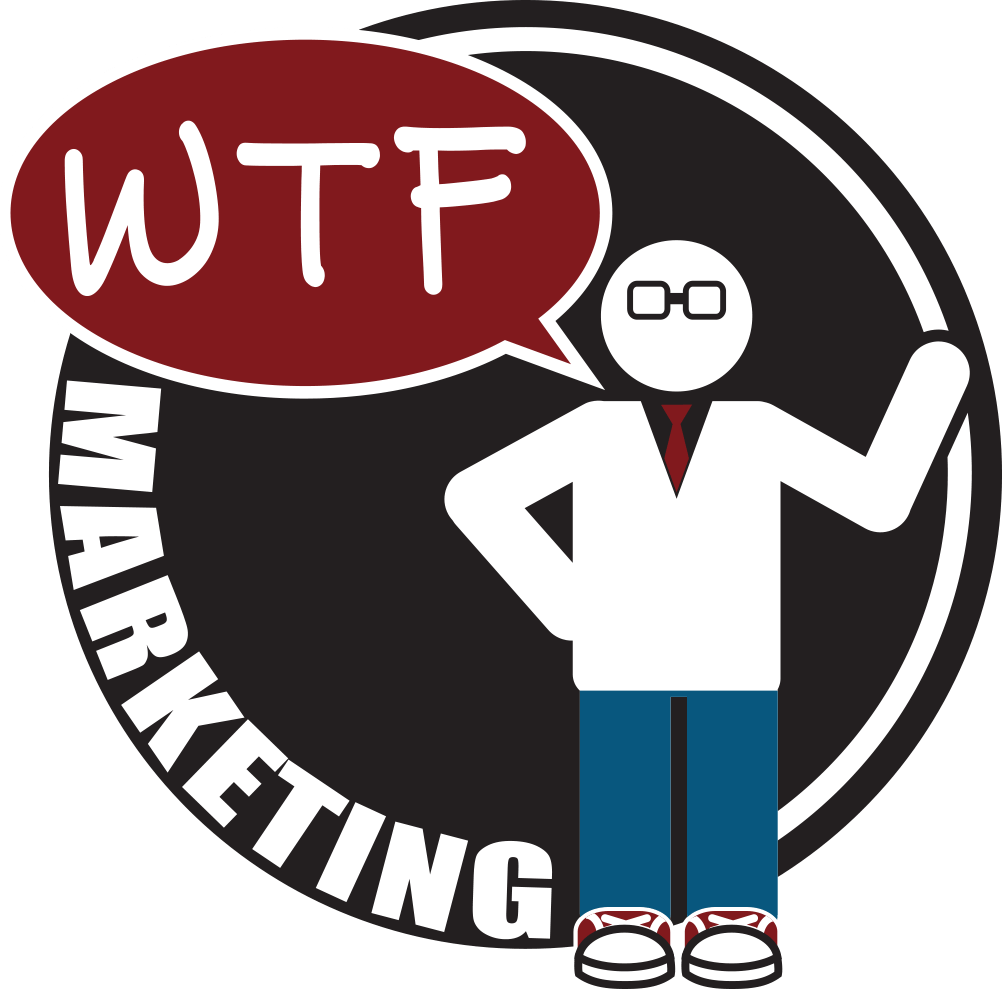I can prove it, too. I’ve actually written about this before, but I didn’t really tell you what to do about it. I will, today.
But first, a brief aside – one of my heroes is Leo Laporte:

Before he started his own freakin’ network, Leo ran a show on TechTV (which later became ZDNet) called The Screen Savers. I seem to remember him wearing a lot of Hawaiian shirts. Long story short, I wanted to be like Leo. He was a radio guy, I wanted to be a radio guy. He made his living off of something I loved – computers. He knew everything about computers, I was the tech geek throughout middle school and high school – and then on in to college.
In middle school, I was allowed to wear exactly one style: business casual. I could wear dockers and polo shirts or button-up shirts with a collar and dress shoes or loafers. In short, I was simultaneously the nicest and nerdiest dressed kid in school.
When I was younger, I had run of whatever I liked – Teenage Mutant Ninja Turtle shirts or Flashers shoes or those ones with the air pump on the tongue. That all stopped somewhere around the time some kids got killed for their Air Jordans. I didn’t get that logic until I became a parent, myself. Now I get it.
Anyway, we moved to a new city when I started high school and my single act of rebellion was to insist that I get to refresh my “business casual” wardrobe. Fine, I was told, as long as it stayed business casual.
So I filled my wardrobe with button-up-business-casual-friendly Hawaiian shirts. This was a popular choice with the ladies, let me tell you. Why Hawaiian shirts? Leo Laporte. He wore Hawaiian shirts, I wanted to be like him and I wanted people to think I was like him, so I wore Hawaiian shirts.
I call this Attributional Branding (because The Halo Effect is more aligned with emotions and value judgements than hard-and-fast attributes).
It worked. I was the guy that people called whenever they needed their computer fixed. I was invited to be a part of every single computer club or programming after school program there was. In college, the people in my dorm just knew. I was in all the hotties rooms hooking up (ethernet cable).
Attributional Branding works because if you hear hoofbeats, you know there’s equines around. That is: if it looks, sounds, and smells like a horse – it’s probably a horse. Hawaiian shirts and glasses and frequently around computers? Must be a nerd!
Thinking about this from a marketing perspective, your customers are expecting you to behave a certain way. They’re looking for the trappings they know that allow them to categorize you as a landscaper, or a publishing company, or a marketing strategist. If they don’t find those things (again, that they know about), you’re an unknown quantity. You have to be re-categorized.
This can either help you or fail you: unknown quantities must be paid attention to correctly categorize as an exception or ignored as weird. Worse, you aren’t always aware of how you’re being categorized or what constitutes your category’s trappings to the customer. For instance, one of my best friends from high school loved “The Italian Job song”. She was really happy any time she heard it. The song she meant?
Velvet Revolver’s cover of Pink Floyd’s Money.
Being a huge Pink Floyd fan, I was thrilled – I tried to teach her about The Wall, The Division Bell, and my all-time favorite song: Wish You Were Here.
She didn’t get it. She only liked Money in the context of The Italian Job, would only refer to it as “The Italian Job song”, and didn’t like anything else from either Velvet Revolver OR Pink Floyd.
My point is that attributional branding can also be so strong for some customers that the constituent components cannot be separated from the whole. And if you don’t know the trappings, you can be doomed to constant mis-categorization. Fuck, right?
So what do you do when you can identify some trappings, but they’re not quite right? You showcase tangential projects that build a connection from where customers think you are to where you actually are.
Take, for instance, The Middle Finger Project’s brilliant campaign of homespun portmanteus:
At a basic level, Ash is a writer (though that’s the understatement of the century in terms of what she does). Anyway, that’s how she makes her living.
Jessica, also a part of The Middle Finger Project team, created 25 brand new words. Specifically, she created 25 new portmanteus (word mashups) that were not only witty, but spoke to the creativity and ingenuity of the written word and The Middle Finger Project’s staggering ability to spin it.
Even if you didn’t connect the dots between The Middle Finger Project and your expectations of what a content creator should be, you can recognize the skill it takes to build new freaking words that actually have merit.
Attributional branding can work for you or against you; it’s entirely dependent on which projects you choose to tackle and what kind of shirt you want to put on that day.
Have any attributional branding examples of your own? Let me know in the comments!




